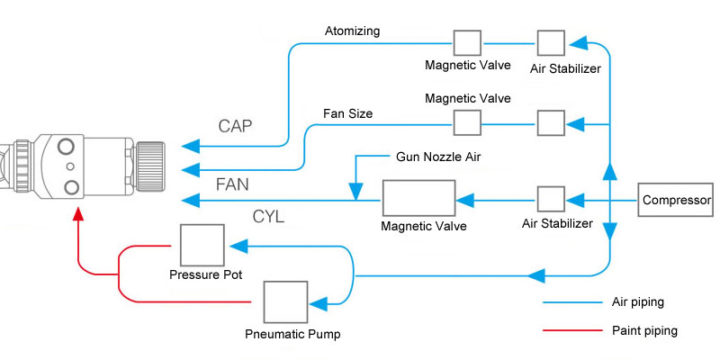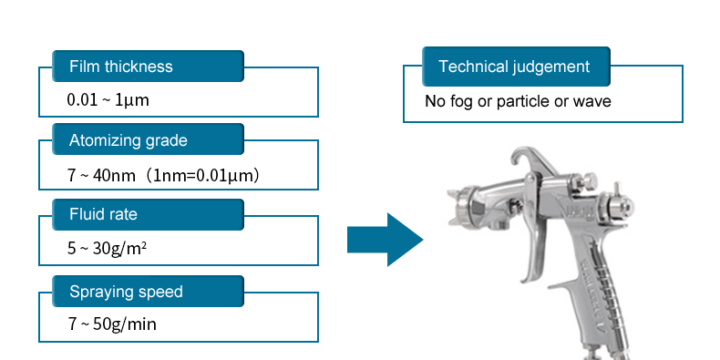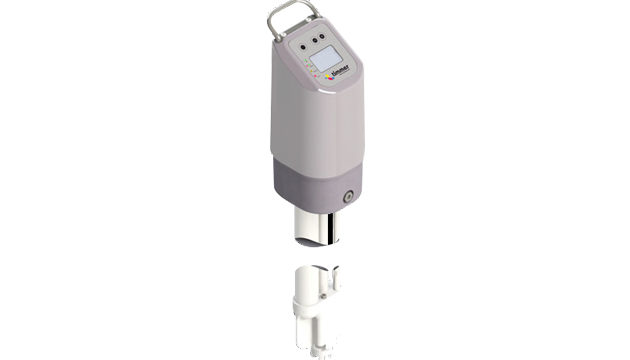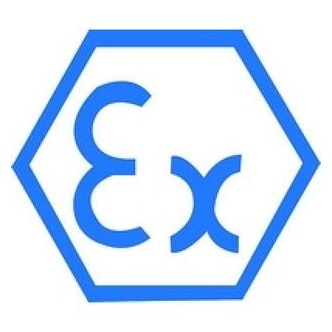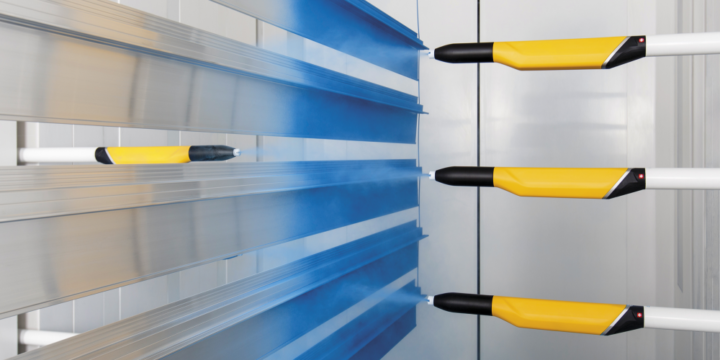
Major Dangerous Elements of Coating Application
Coatings are accompanied by various dangerous and harmful elements whether during handling or application. Paints may contain hazardous substances therefore classified as dangerous goods. In the process of application, contact or accidental ingestion may cause injury and disease. These hazardous substances also include thinners, degreasers, paint strippers and dust from surface preparation. The main hazards during painting operations are fire and explosion, followed by the hazards posed by the equipment used, electricity, pressurized paint, heavy paint containers and noise. Harmful materials Hazardous substances include paints, thinners, cleaning agent, degreasers, paint strippers, and products used for surface preparation. Exposure to these harmful substances may cause short-term or long-term health issues. Short-term issues include irritant dermatitis; skin and eye burns; vomiting; nose, throat, and lung irritation; headache, dizziness, fatigue. Long-term effects such…


